Author: Phila Massages
-

Big toe (FHL): injuries & treatment
Anatomy The big toe muscle, or Flexor Hallicus Longus (FHL) is 1 of 3 deep muscles located on the posterior aspect of the Fibula (outside lower leg bone) below the deep fascia. This muscle has its own synovial sheath traveling deep down near the Flexor Retinaculum, crossing the posterior ankle joint, and lateral to the…
-
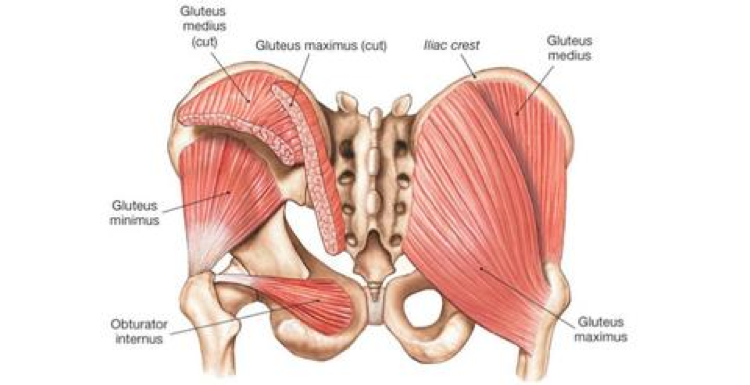
5 Stretches for the Gluteus Medius and Minimus
The Gluteus Medius and Gluteus Minimus muscles are a pair of muscles located in the lateral posterior hip area. The Gluteus Medius originates on the Gluteal surface of the Ilium, just under the Iliac crest and inserts on the Greater Trochanter of the Femur (see image A). Its primary action is abduction of the hip…
-
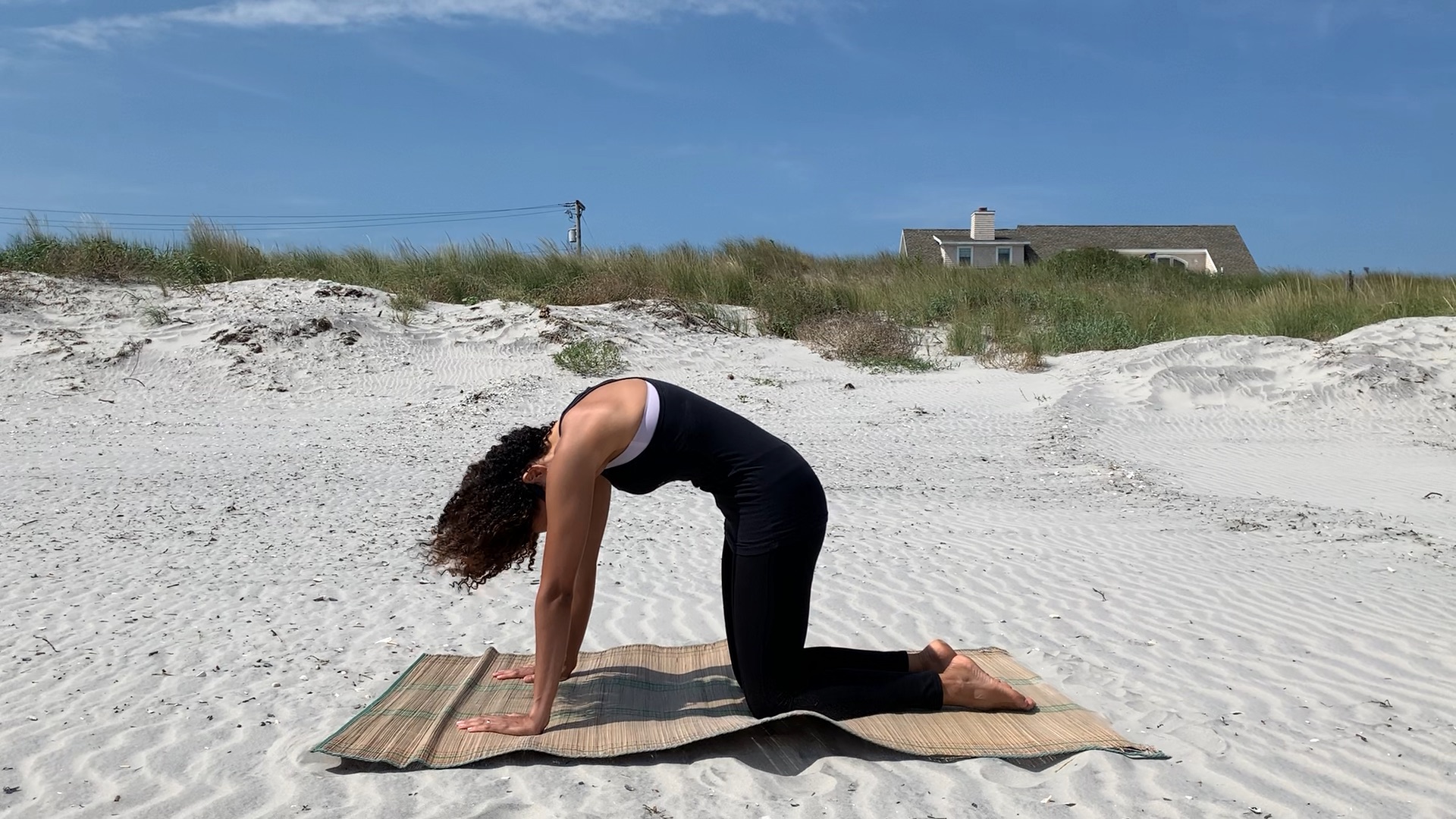
Daily stretching routine for lower back pain
Do you suffer from chronic lower back pain (LBP)? Did you doctor or physical therapist suggest daily stretches? The video below is a daily stretching routine for the lower back, meant to encourage you to stick to daily stretching by removing the need to think about your moves: simply put your favorite music on, and…
-

Flexibility vs Mobility
The ideas of flexibility and mobility play a vital role in the fitness and rehab industry. One is just as important as the other, but one thing I’ve noticed throughout years of practice is that many times both terms are used interchangeably, when in fact, both hold completely separate meanings. How you integrate both into…
-
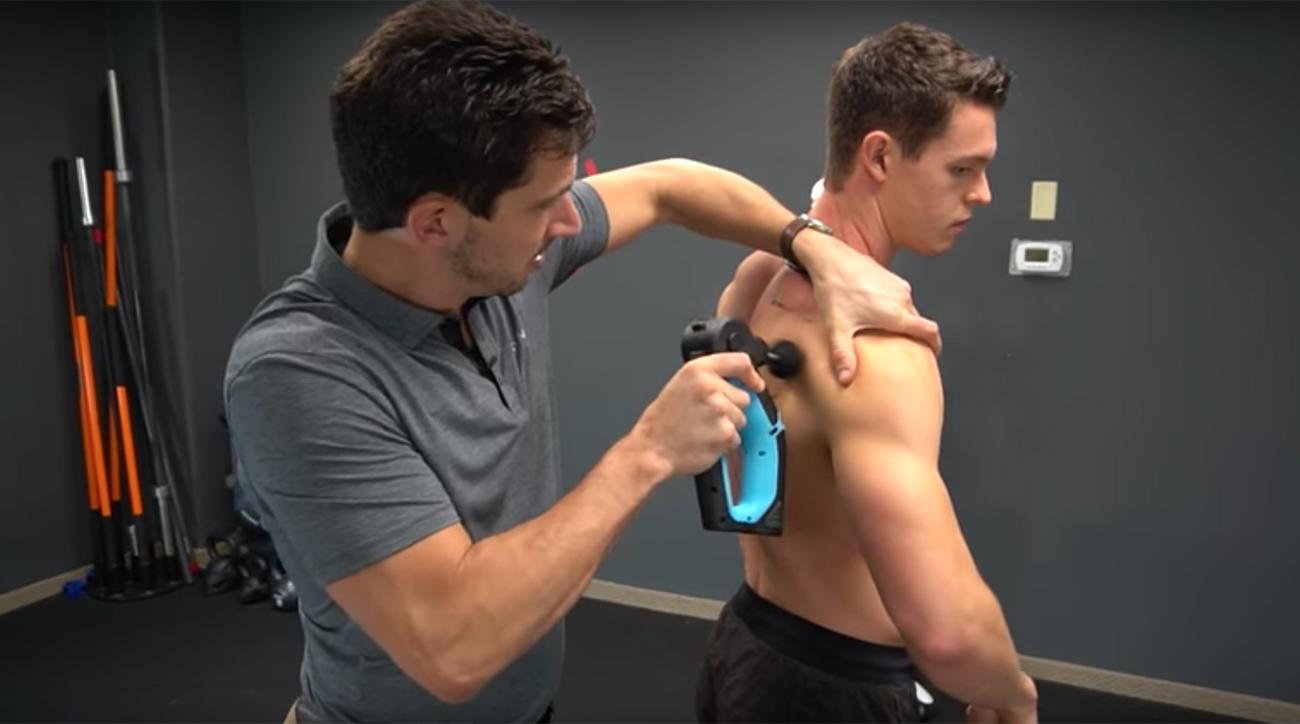
Guide to Self-Massage Tools
The efficacy of self-massage tools is often a debated topic. There are studies that determine that self-massage alone does nothing to increase range of motion or athletic performance [5]. However, there are also contradictory studies, stating that self-massage has profound benefits for range of motion and athletic performance [3]. While more research may still be needed,…
-

Triceps Strain
Fig. 1 The Triceps Brachii is a muscle group in the back of the upper arms. We perform many usual tasks and movements involving the Triceps, and at times we even focus on them in our workouts. Such repetitive use can lead to muscle strain. We will review below some ways to prevent strain occurrence…
-
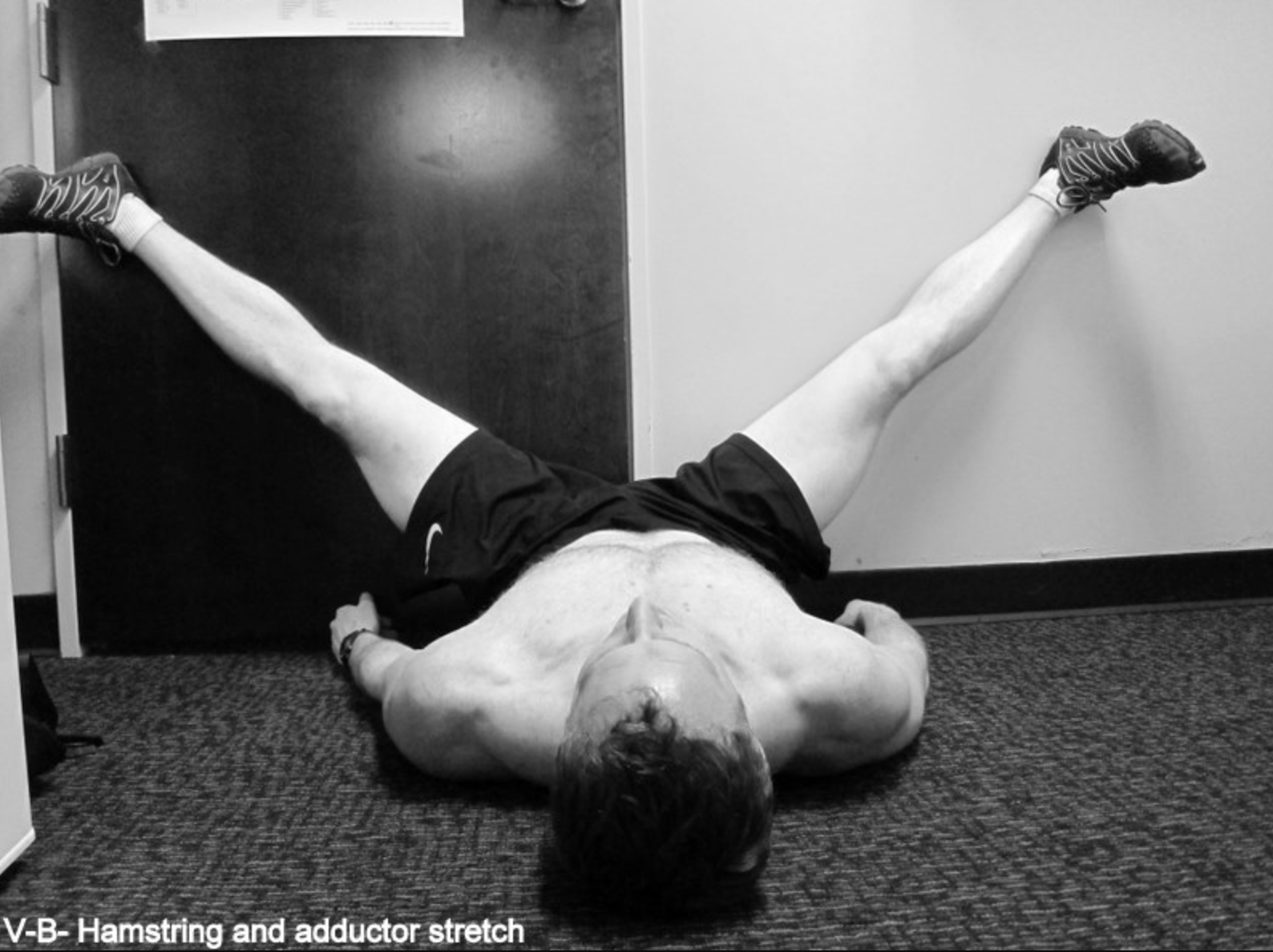
GROIN STRAIN
Every lower body movement connects in to your hips and pelvis. At the base of your pelvis are your adductor muscles, also referred to as your inner thighs. These muscles assist with adduction (pulling your legs together), flexion and medial rotation of the legs. Cause A groin strain usually occurs from a sudden, awkward movement…
-
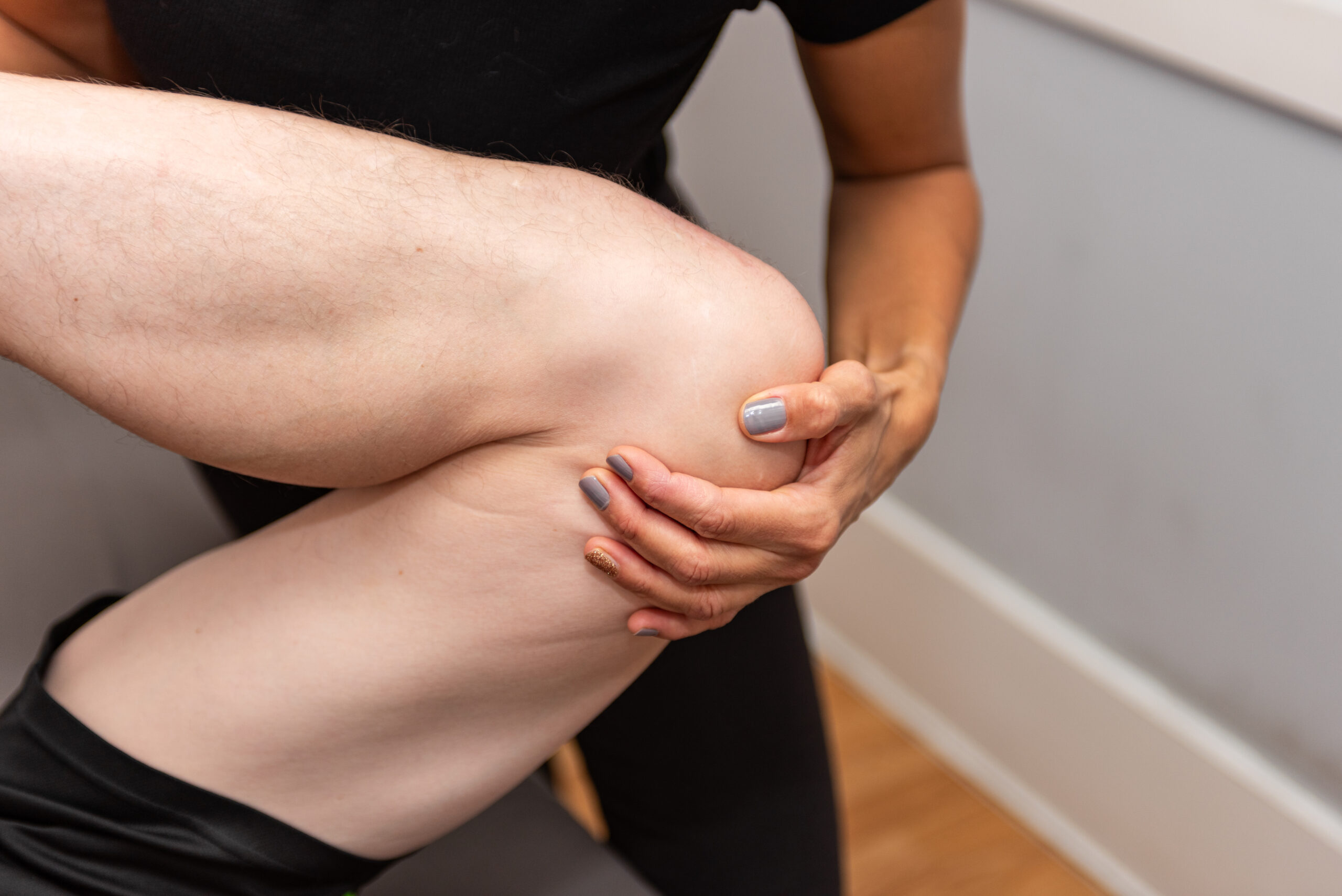
The Lower Anterior Leg: 3 Stretches and 3 Self-Massage Techniques
The lower anterior leg (the shin) contains a group of long, tendinous muscles that are responsible for dorsiflexion and eversion of the foot, extension of the toes, and assist with ankle stabilization. Specifically, the Tibialis Anterior is the largest and most superficial of the shin muscles, and runs down the length of the shin in…
-
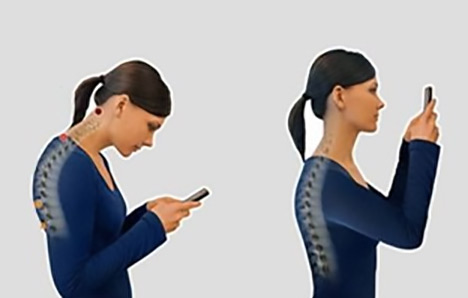
Text Neck Syndrome
In an age where technology has become more and more part of human daily activities, we begin to see how it affects our bodies as well. As can be seen walking downtown on a regular occurrence, many people are looking down at their phones. However, doing this too much can lead to something called Text…
-
Active Warm Up
When heading into a workout are you one to just get dressed and go? If so, you could be doing a disservice to your body by not doing a proper warm up! An active warm up prior to doing a workout such as running can go a long way in reaping benefits for that run…



